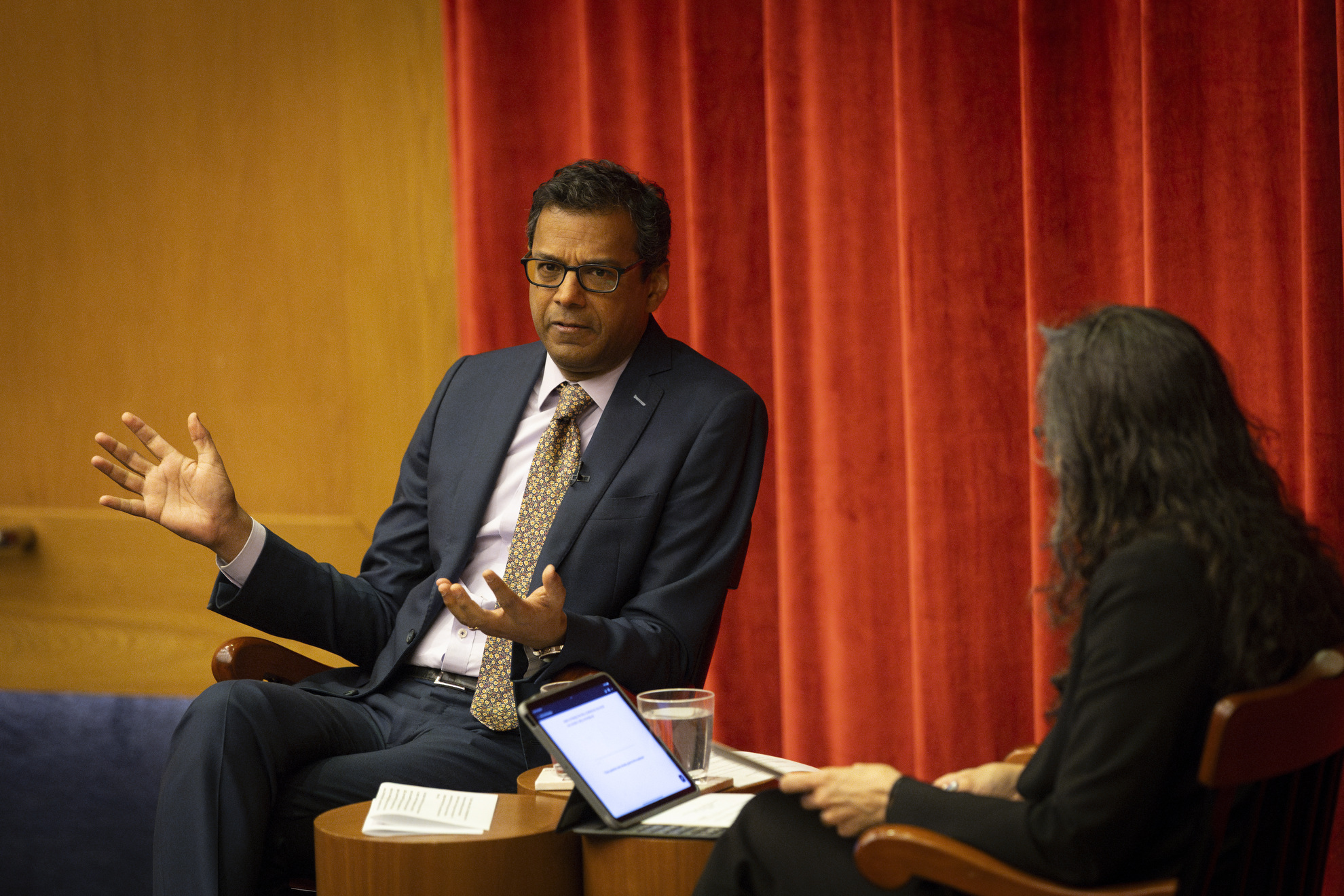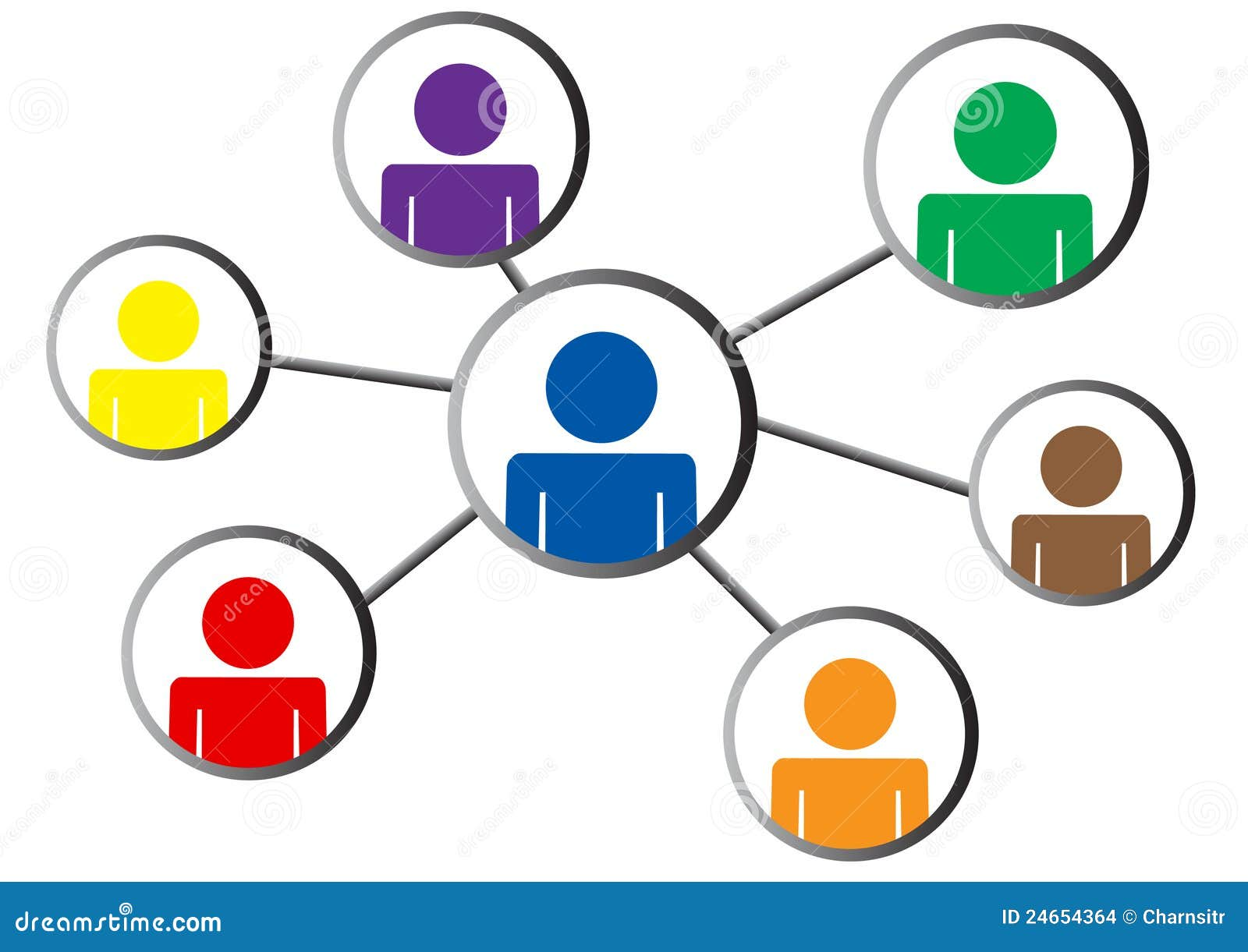Global health infrastructure has become a crucial focus in our interconnected world, especially as recent shifts in U.S. foreign policy have had significant repercussions on international health programs. Atul Gawande, a prominent voice in public health, has openly criticized the dismantling of USAID, highlighting how funding cuts have jeopardized vital initiatives that once transformed health outcomes in numerous countries. The impact of these changes extends beyond mere statistics; they endanger the achievements in maternal and child health, disease surveillance, and community resilience that have been painstakingly built over decades. Gawande’s insights reflect a growing concern among health professionals regarding the sustainability of public health funding in the face of political upheaval. If the global commitment to health infrastructure falters, the consequences could reverberate across borders, affecting millions and diminishing the USA’s role as a leader in health innovation.
The framework for global wellness and medical support has come under scrutiny, particularly in light of recent changes affecting U.S. contributions to international health initiatives. Alternative descriptions for this system, such as health networks or global healthcare architecture, indicate a complex lattice of programs and partnerships designed to combat pressing health challenges worldwide. This discourse has been notably highlighted by experts like Atul Gawande, who has described the severe ramifications following the reduction of resources and staffing at agencies like USAID. With critical public health funding at risk, the prospects for improving health outcomes and responding to health crises globally remain uncertain. As nations look for ways to bridge these gaps in health assistance, understanding the nuances of global health infrastructure becomes essential for safeguarding the future of public well-being.
The Impact of USAID Cuts on Global Health
The recent cuts to the U.S. Agency for International Development (USAID) have had a profound impact on global health initiatives. Atul Gawande, a former leader at USAID, highlighted these drastic changes as ‘devastating’ for health programs worldwide. With more than 85 percent of its programs terminated, millions of lives are at risk as essential services that have tracked and managed diseases like Ebola and tuberculosis have seen significant reductions. This dismantling obstructs the progress made over decades, particularly regarding maternal and child health, where support has been instrumental in saving lives and improving health outcomes.
The reduction in funding not only undermines the international health programs that prevent pandemics but also erodes the infrastructure that has been built to respond to global health crises efficiently. Under Gawande’s leadership, USAID implemented rapid-response systems that brought down the emergency response time for outbreaks from weeks to just days. Without adequate funding and support, these frameworks are now more vulnerable, which poses an increasing threat to global health security and the welfare of populations that depend on these essential aid services.
Restoring Global Health Infrastructure Post-COVID-19
In light of the challenges presented by the recent cuts, Atul Gawande has asserted that it is not too late to restore America’s global health infrastructure. The resilience of public health systems globally is paramount in an era where emerging diseases can spread rapidly across borders. Gawande emphasized the importance of maintaining a robust infrastructure that supports both local health needs and responds to international crises. A renewed commitment to global health can ensure that systems are in place to manage and mitigate risks efficiently.
As nations grapple with the aftermath of the COVID-19 pandemic, there is heightened awareness around the need for sustained public health funding. Gawande’s reflections serve as a rallying cry for renewed investment in health infrastructure to shore up defenses against future threats. Collaborations between governments, international health organizations, and local communities are essential to rebuild and fortify these systems, ensuring that health equity and availability remain at the forefront of global priorities as we move forward.
The Role of Technical Assistance in Global Health Improvement
One of the significant aspects of Gawande’s work at USAID was the focus on technical assistance, a model that exemplifies how to improve health outcomes effectively. The technical assistance provided supports low- and middle-income countries in achieving crucial health milestones, such as increasing vaccination rates or improving maternal health. By leveraging local expertise and resources, these programs ensure that outcomes are sustainable in the long term. Gawande pointed out that having a solution is only the first step; the key lies in its implementation, which requires consistent follow-through.
As demonstrated by USAID’s previous initiatives, incremental improvements facilitated through technical assistance can elevate vaccination coverage from 60 percent to upwards of 90 percent. This iterative process is not just about medical interventions but involves building capacity within health systems to maintain and expand these gains. Establishing a solid framework that empowers healthcare providers contributes to lasting change and sets a precedent for effective public health strategies internationally.
The Future of Public Health Funding
The future of public health funding remains uncertain following the significant cuts introduced during the previous administration. Sustainable funding is critical to not only maintain existing healthcare systems but also to build new initiatives that respond to emerging health threats. Atul Gawande’s critique resonated with many health professionals, highlighting the urgent need for restoration and growth in public health investment. He noted that effective public health funding is foundational to prevent the unnecessary loss of life and maintain health security in communities across the world.
Advocating for increased public health funding requires a concerted effort from stakeholders at all levels, including government, non-profits, and the private sector. The continued engagement of academic institutions also plays a crucial role in informing policy and driving innovation in health solutions. Gawande’s call to action encourages advocacy for international health programs that can effectively mobilize resources, resulting in broad systemic change that supports health outcomes globally.
Advocacy and Action in Global Health
Atul Gawande’s insights shine a spotlight on the critical role of advocacy in shaping global health policies. As the landscape of international public health continues to evolve, the need for passionate voices advocating for patient-centered care, adequate funding, and innovative health solutions has never been more paramount. Gawande urges healthcare professionals and students alike to engage with these issues actively. His message underscores the importance of advocacy in ensuring that healthcare systems are equitable and responsive to the needs of populations across the globe.
Through partnerships, collaboration, and informed dialogue, stakeholders can drive essential change in global health. Gawande’s reflections encourage a renewed commitment not only to the medical community but also to the broader public to advocate for the necessary resources to support international health programs. Each advocate’s voice amplifies the call for sustained investment and highlights the need for focused action in improving health outcomes, ultimately supporting a healthier future for all.
The Path Forward for Emerging Health Programs
The challenges presented by cuts to USAID programs provide an opportunity for emerging health initiatives to adapt and innovate. As Atul Gawande shared, the need for effective public health initiatives remains critical. There is potential for universities, research institutions, and non-governmental organizations to fill gaps left by reduced governmental support, enabling communities to address their health challenges directly. Fostering local leadership and partnering with grassroots organizations can create tailored health solutions capable of responding swiftly to pressing healthcare needs.
In this landscape, innovation becomes key. Investments in technology, telemedicine, and health informatics can enhance the delivery of care and improve health monitoring systems. Emerging health programs must prioritize access and equity, ensuring that vulnerable populations are not left behind in the pursuit of health advancements. Gawande’s hopeful outlook emphasizes the intrinsic ability of individuals and organizations within communities to harness resources and knowledge to overcome adversities and shape the future of global health.
The Importance of Education in Health Advocacy
Education and awareness play a crucial role in advocating for global health initiatives. Gawande emphasizes that empowering the next generation of healthcare leaders, researchers, and advocates is essential for driving change. By embedding health education into curricula at all levels, from medical schools to public health programs, young professionals can better understand the complexities of health systems and the impact of funding decisions. This knowledge creates informed advocates who can articulate the needs of the populations they serve effectively.
Furthermore, fostering a culture of research and innovation within academic institutions promotes a greater understanding of the importance of sustained public health funding. As future leaders, students must be equipped not only with technical skills but also with a deep awareness of global health challenges and the political landscape that influences funding and policy decisions. Gawande’s message underscores the interconnectedness of education, advocacy, and health outcomes, creating a foundation for a healthier future.
Lessons from Global Health Leaders
Examining the experiences of leaders like Atul Gawande provides valuable lessons for current and future public health advocates. His tenure at USAID offers insights into the complex interplay between health policy and effective program implementation. Gawande’s experiences underscore the importance of strategic vision and adaptability in navigating the challenges that come with funding cuts and changing political landscapes. His belief in the potential of collaborative efforts to drive meaningful change serves as an inspiration for many in the field.
Leaders in global health must prioritize resilience and innovation to respond to emerging threats effectively. This means being proactive in seeking partnerships that align with their goals. By learning from Gawande’s approach to global health, emerging leaders can identify opportunities for improvement, fostering environments where health initiatives can thrive despite obstacles. His call to action reminds us that through collective efforts, we can work toward a more equitable and healthy world.
Building a Sustainable Global Health Model
To address the ongoing challenges within global health, a sustainable model must be prioritized. Atul Gawande’s experiences at USAID emphasize that sustainability stretches beyond funding; it encompasses community engagement, collaboration, and thoughtful planning. Sustainable health models adopt a multifaceted approach to resource allocation, ensuring that solutions are not only effective in the short term but also viable for generations to come. Creating long-lasting impacts on health outcomes requires a commitment to continuous improvement and investment.
Adopting a sustainable model involves integrating local knowledge and practices into health solutions. As Gawande notes, the empowerment of local health systems to manage their health challenges can lead to more effective responses and improvements in health metrics. By drawing on indigenous knowledge and fostering local partnerships, global health programs can better meet the needs of communities, ensuring that interventions are culturally relevant and widely accepted.
Frequently Asked Questions
What is the impact of funding cuts on global health infrastructure?
Funding cuts to international health programs, such as those at USAID, can severely disrupt global health infrastructure by eliminating essential services and resources. This can lead to increased morbidity and mortality rates, especially in vulnerable populations reliant on these programs for health care delivery, disease surveillance, and emergency response.
How did Atul Gawande contribute to global health infrastructure during his time at USAID?
Atul Gawande played a pivotal role in enhancing global health infrastructure while at USAID, implementing programs that significantly improved disease response times and health outcomes. He helped establish a network across 50 countries that accelerated the detection and management of diseases, which is vital for preventing outbreaks.
Why is public health funding critical for effective international health programs?
Public health funding is essential for international health programs as it allocates resources necessary for combating diseases, improving maternal and child health, and enhancing vaccination rates. Adequate funding ensures continuity and expansion of essential services, directly impacting the health outcomes of millions globally.
What are the long-term effects of weakening health agencies like USAID on global health?
Weakening health agencies such as USAID can have lasting negative effects on global health by dismantling established networks that manage disease outbreaks and health initiatives. The loss of expertise, funding, and projects results in diminished capacity to address public health challenges effectively.
How do international health programs affect the response to health crises?
International health programs enhance response effectiveness to health crises by providing trained personnel, funding, and infrastructure to manage outbreaks. For instance, USAID developed systems that reduced emergency response times to under 48 hours, demonstrating how well-coordinated health programs can save lives during crises.
What role do partnerships play in strengthening global health infrastructure?
Partnerships between organizations like USAID, universities, and local health entities are vital for strengthening global health infrastructure. They facilitate resource sharing, expertise transfer, and community engagement, which are crucial for implementing successful public health interventions and ensuring sustainable health improvements.
How can public awareness impact global health funding?
Public awareness can significantly influence global health funding by highlighting the importance of maintaining robust health infrastructure and the consequences of funding cuts. Increased visibility can mobilize support for international health programs and urge governments to prioritize health funding in their budgets.
| Key Point | Details |
|---|---|
| Atul Gawande’s Experience | Gawande served as the head of USAID’s Bureau for Global Health under President Biden but stepped down at the end of his term. |
| Impact of USAID Cuts | Over 85% of USAID programs were terminated, profoundly affecting millions globally and the U.S.’s stance as a leader in health. |
| Health and Science Infrastructure | The need to restore and protect health and science infrastructure is emphasized as crucial for the future. |
| Dangers of Funding Freezes | Freezing funds for research and federal health programs jeopardizes critical health initiatives. |
| Global Health Contributions | USAID significantly reduced emergency response times for outbreaks and improved maternal and child health outcomes. |
| Future of Global Health Leadership | Gawande expresses uncertainty about U.S. leadership in global health, suggesting other nations may fill the void. |
| Call to Action for Future Experts | Gawande encourages students and professionals in the field to continue their contributions in global health. |
Summary
Global health infrastructure is facing significant challenges due to recent interventions and cuts at USAID, which have weakened the United States’ ability to lead in global health initiatives. Atul Gawande highlighted these issues, underscoring the need for the restoration of essential health and science programs to support millions globally. As the landscape of international health evolves, it becomes imperative for current and future experts to remain engaged and proactive in addressing global health concerns. The resilience and commitment of healthcare professionals are essential for overcoming this crisis.



